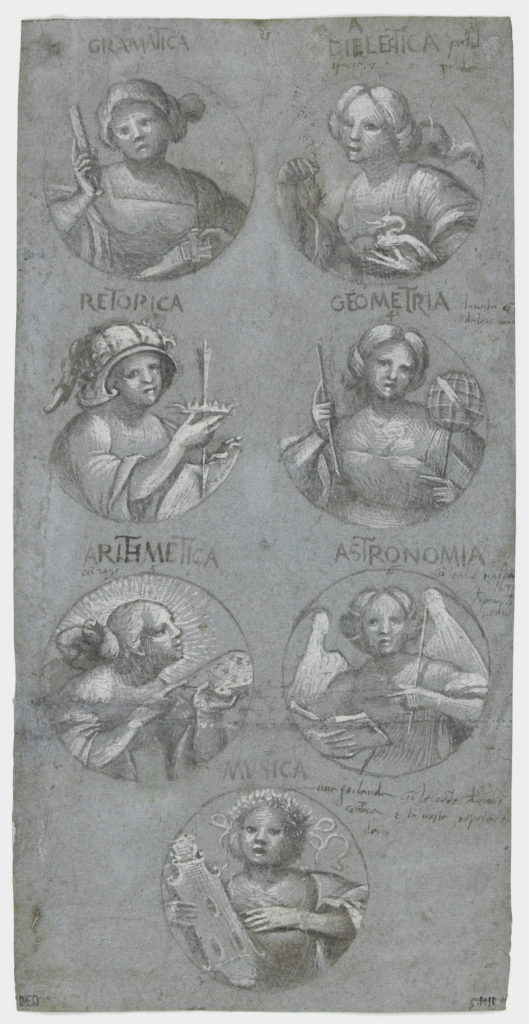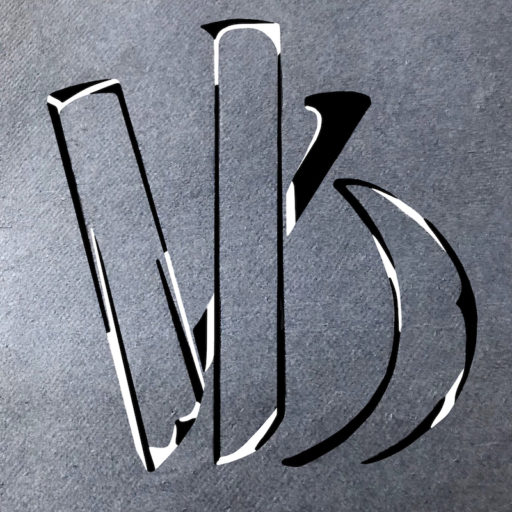
Artist | Niccolò Giolfino II (1476–1555)
Title | The Seven Liberal Arts
Date | Early 16th century
Medium | Black chalk and white heightening on blue paper
Dimensions | 305 x 150 mm
Institution | Les collections du département des arts graphiques, Musée du Louvre, Paris
Credit Line | © RMN Grand Palais (Musée du Louvre) – Thierry Le Mage
Theme | Antiquity, Mythology and Allegory
Museum number | RF 53017
Niccolò Giolfino (ca. 1476–1555) was a leading Italian Renaissance artist in Verona in the early sixteenth century. He was part of the local figurative tradition, as his training with Liberale da Verona (ca. 1441–1526) brought about his early Gothic tendency. After 1530, however, the artist’s works began to exhibit stronger Mannerist qualities. During the Renaissance period, the seven liberal arts were understood as the subjects of secular education. The visual and thematic precedence of rationality during the Renaissance period revived and re-popularised the interest in the liberal arts, which in antiquity denoted the ideal of broad education. Typically, these categories were displayed in two groups: Grammar, Logic and Rhetoric, and Geometry, Arithmetic, Astronomy and Music. Giolfino has shifted this structure slightly by grouping them in pairs with Music at the bottom, but he has retained their traditional order, as well as their typical allegorisation as female figures. Other drawings in the artist’s oeuvre, such as The Arrest of Christ (ca. 1545–46) utilise the material of blue paper. Capitalising on the contrast between the white heightening against the blue paper, Giolfino has skillfully created small, detailed representations of seven distinctly individual female figures, all engaged in their own activities.
IB and AD
